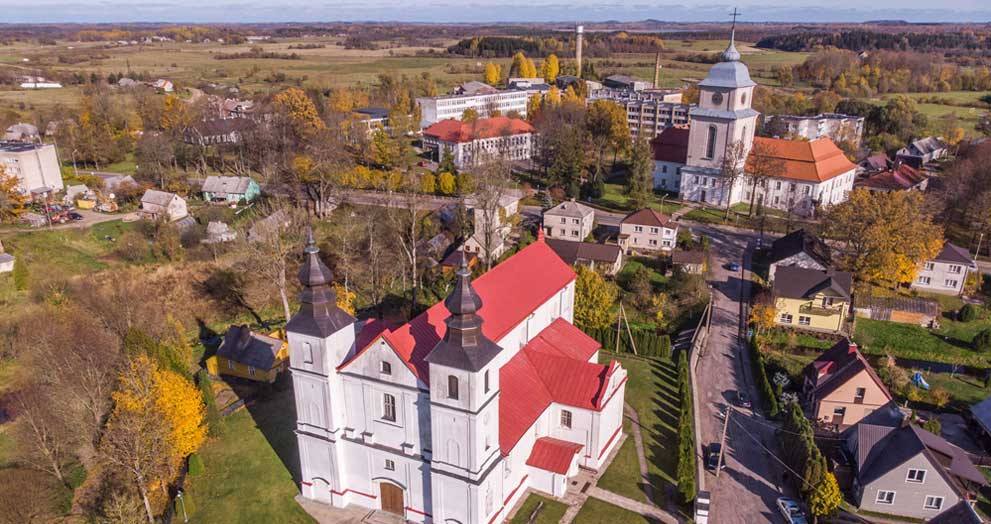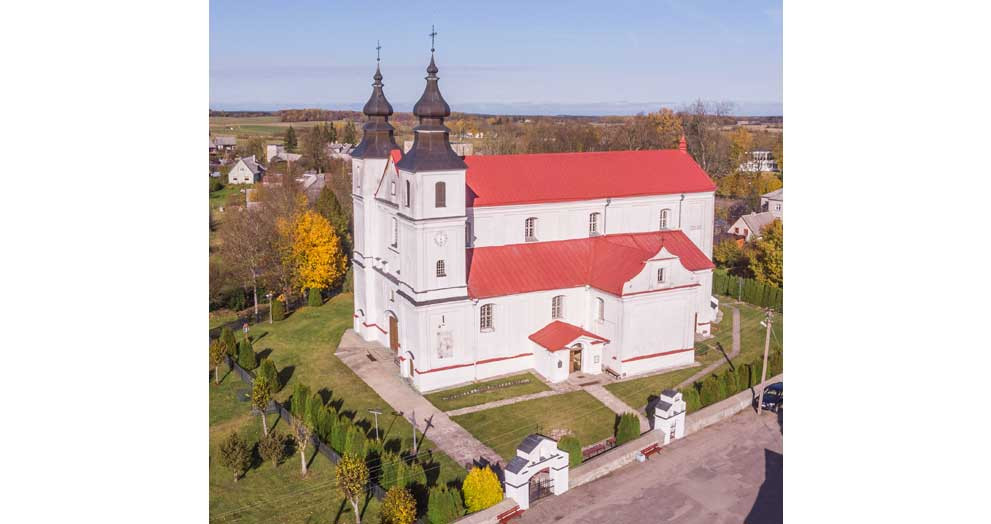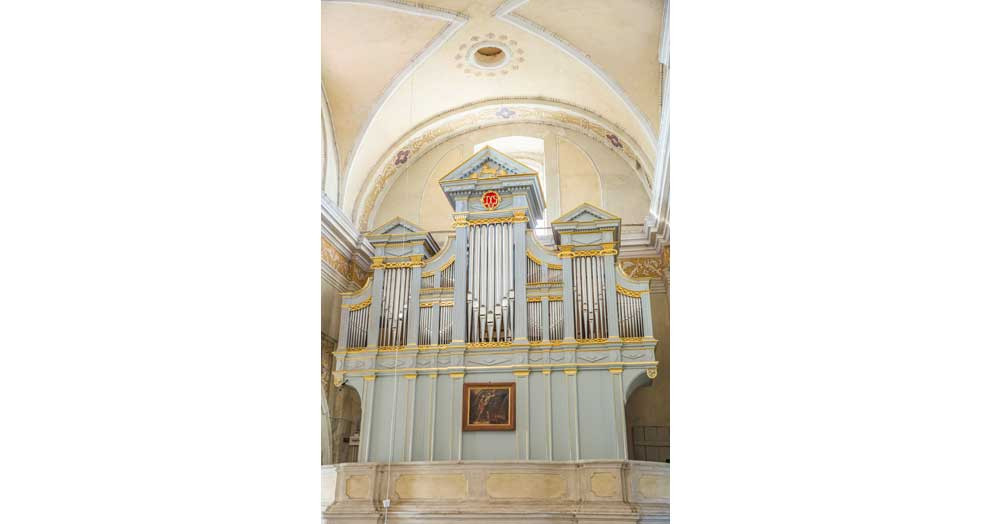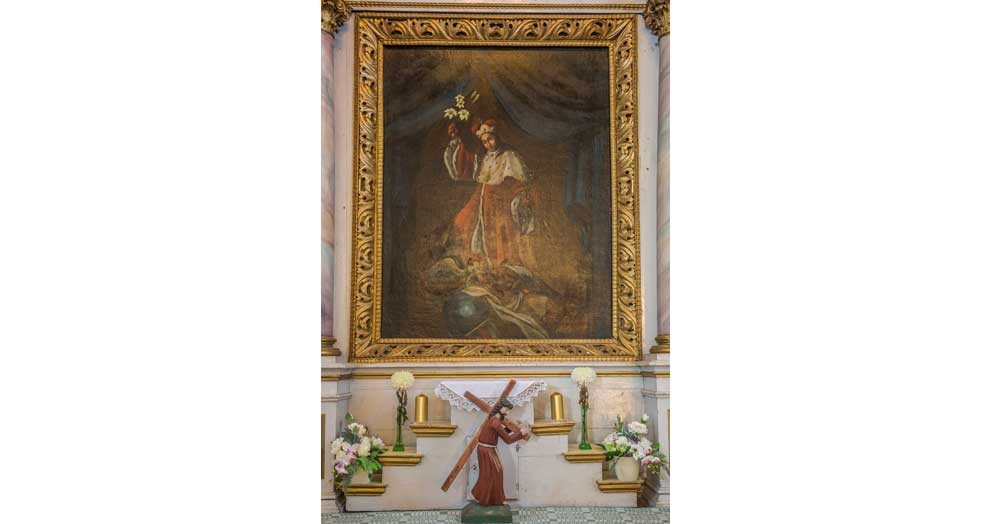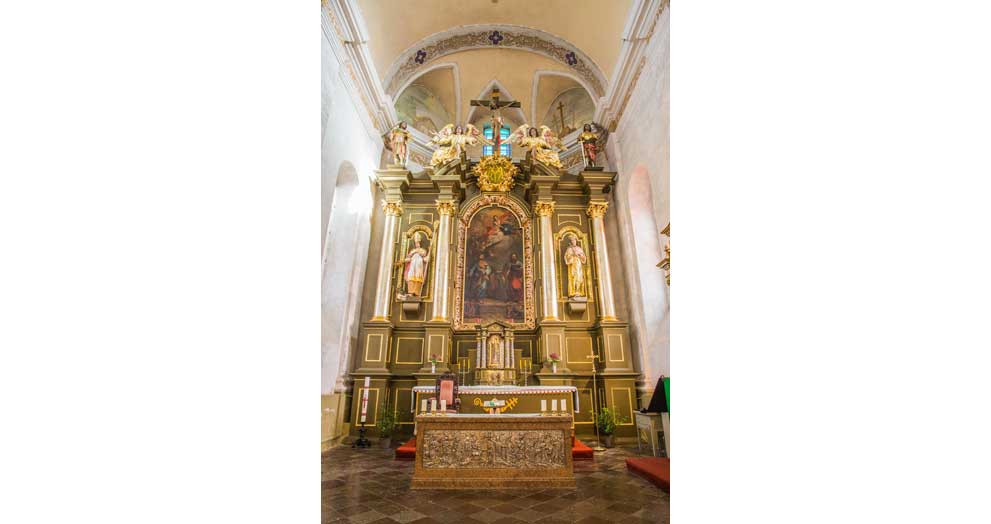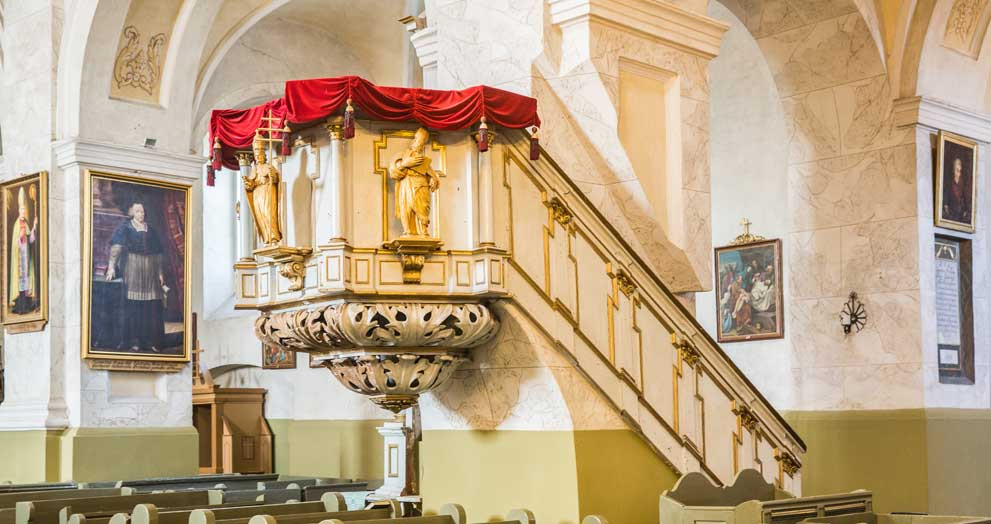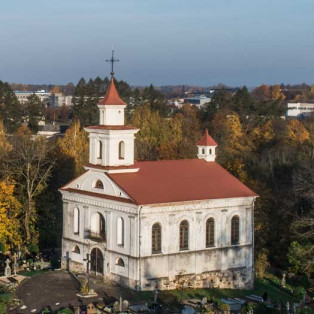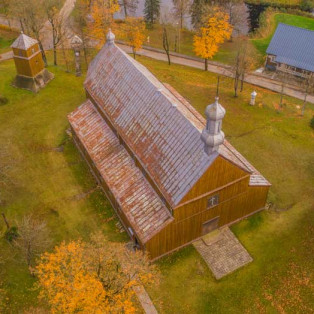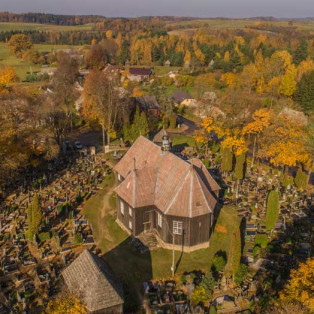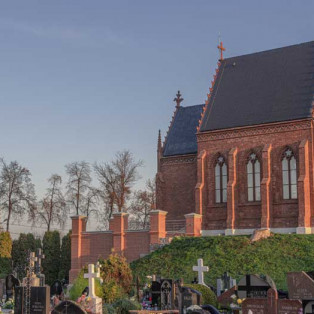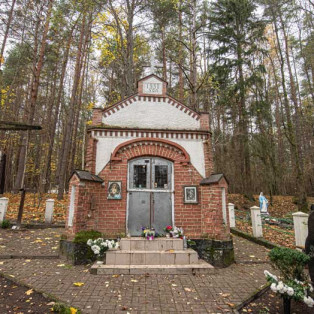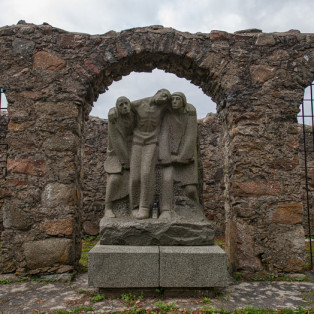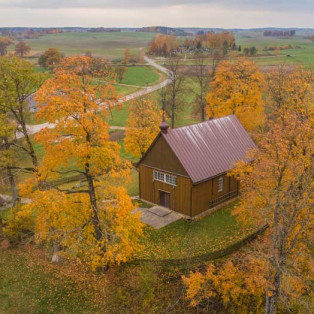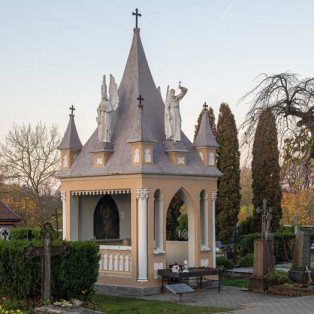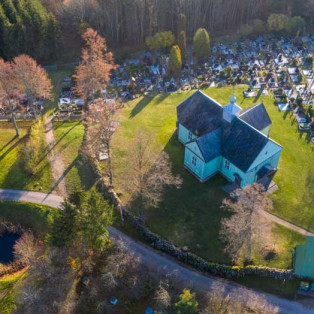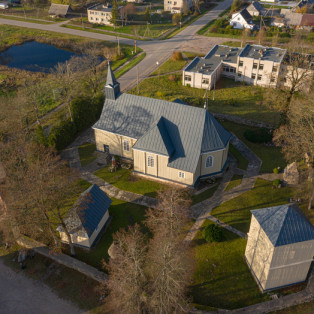St. Peter’s and St. Paul’s church In Varniai city, which can be found on the river of Varnelė shore, has been given the status of cultural heritage object, however the first Varniai Cathedral has not survived to present day. The holy building’s foundations, which were laid in 1421, were not found during later archaeological searches. Cathedrals rose in Varniai multiple times – in 1463, later in 1519, and in 1555, however, none of them were either completed or survived the test of time.
In 1681-1691 the Samogitian bishop Duke Kazimieras Pacas (1667-1695)used his own funds to build a masonry church, which was destroyed by a fire one hundred years later. In the beginning of 19th century it was renewed by the Samogitian bishop Juozapas Arnulfas Giedraitis. In 1864 by the order of the governor Mikhail Muravyov upon the relocation of the diocese centre to Kaunas, the cathedral became the parish church of Naujieji Varniai.
St. Peter’s and St. Paul’s church building is massive and even though its exterior is modest, the interior is splendid. The church was built in Baroque basilica style, its interior consists of the main nave and two side aisles and 12 altars. The main altar – was created by Konigsberg craftsman Maumo Polini in 1694 and it was restored by woodcarving master Woldemar Kolberg.
The church is the also the keeper of the cultural heritage object of the bishop’s chair or throne, which has been there since the times of Motiejus Valančius. When relocating to Kaunas he purposefully left the chair in Varniai, so that it would mark the old Cathedral out.
The church is also in possession of the great state protected Samogitian bishops’ portrait collection and the paintings of the saints “Michael Archangel”, “St. Kasimir”, “St Stanislaus”, “St. Stephen”, “Three Wise Men”, “The Holy Family”, all of which have been incorporated into the cultural heritage object registry.
In 1971 St. Peter’s and St. Paul’s church was given the cultural heritage object status.
- Audio guide (2.3 MB )



